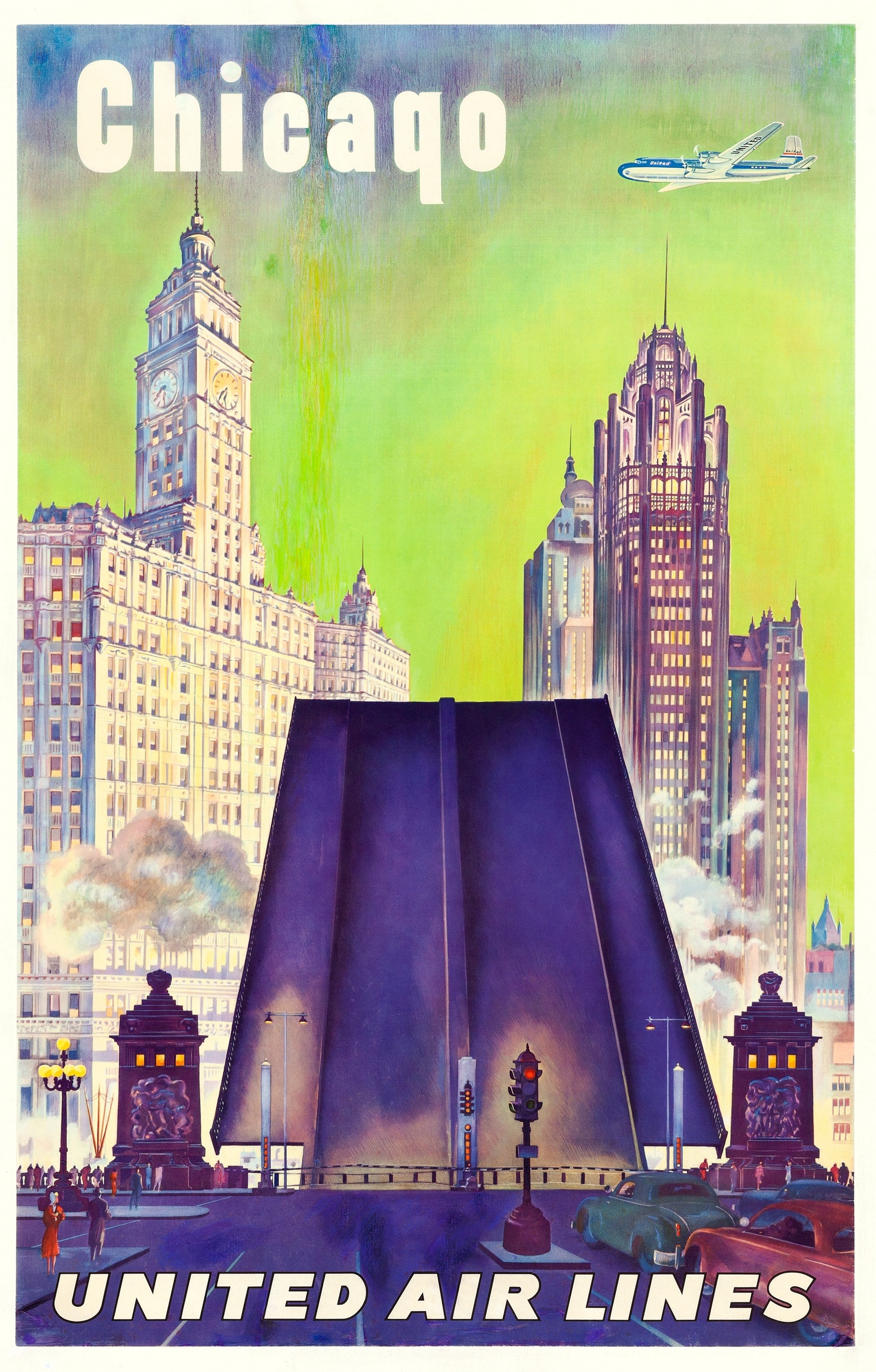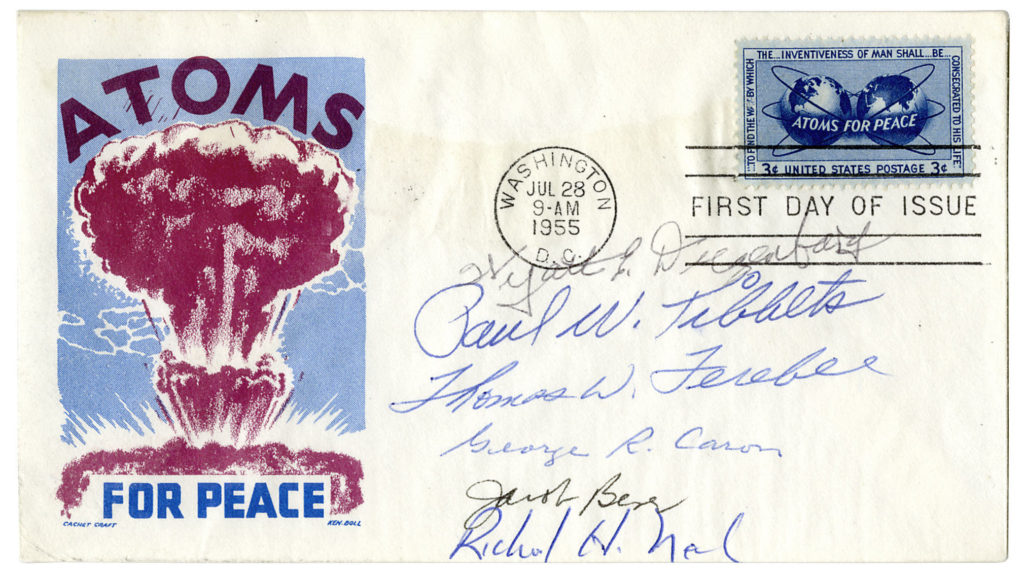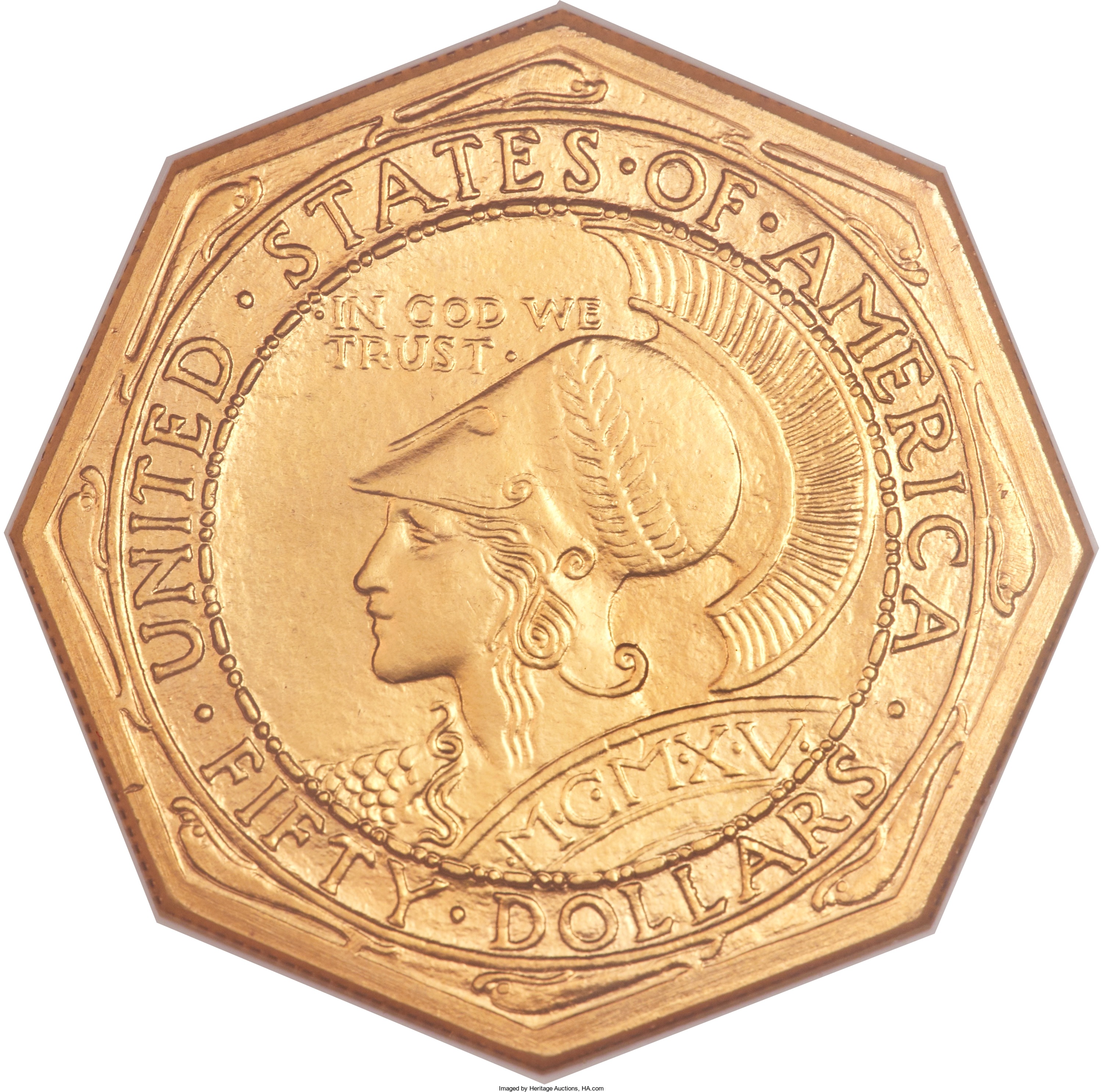
By Jim O’Neal
In 1985, a man by the name of Richard Ferris, CEO of United Airlines, developed an innovative one-stop shopping strategy (Fly-Drive-Sleep) and then bought Hertz and Hilton hotels to add the two legs he needed. The expected synergies did not materialize, but he did manage to alienate his pilots and their powerful union. Rumors circulated that he had to travel incognito – under an assumed name – to avoid “last-minute mechanical failures” if his employees discovered him onboard.
In April 1987, barely two years into the new program, the angry pilots’ union made a hostile takeover bid, which effectively put the entire company “in play” on Wall Street. A compromise was reached for Ferris to resign, sell Hertz and Hilton, and change the company name from Allegis back to United Airlines. Everyone was happy except Ferris and the customers, who had suffered through two years of lousy service due to the squabbling.
The new UAL management aggressively decided to rebuild their frayed customer relations. Nancy and I were invited to go on a multistep goodwill tour to China and back. This was our first (of many) long, international flights to Asia that included a stop in Hong Kong, Guangzhou (Canton), Beijing, Shanghai and back to Hong Kong. Everything was first class-plus and I met some interesting CEOs from several major corporations. There were only 20 people (plus crew) on a specially outfitted 747 with fully reclining seats … a novelty in those days.
The food and beverage service was exceptional. However, what impressed me the most was the vastness of the Pacific Ocean. I could finally grasp what Ferdinand Magellan (1480-1521) and his crew encountered when they miscalculated, ran out of food and were so desperate they survived on a tasty dish of rat droppings mixed with sawdust. There were also stories of men gnawing on the ropes that lashed the mainsail. Only 18 men survived, and that did not include Captain Magellan.
The Pacific Ocean is the oldest of the world’s seas, a relic of the once all-encompassing Panthalassan Ocean that opened up 750 million years ago. It is by far the world’s biggest body of water – all the continents could fit easily within its borders, with ample room to spare. It is the most biologically diverse and seismically active, and holds the planet’s greatest mountains and deepest trenches. Its chemical influences and weather systems affect the entire orb we call home.
Most think of the Pacific Ocean in parts … a beach here … an atoll there … a long expanse of deep water. Captain James Cook wrote that by exploring the Pacific, he had gone “as far as I think it is possible for man to go.” Cook was not aware that it is 64 million square miles and humans are still exploring it.
Even the highly revered British Admiralty’s chart room bible “Ocean Passages for the World” still cautions sailors embarking on a crossing: “Very large areas are unsurveyed … no sounding at all recorded … only safeguards are a good lookout …”
The Chinese have always had good lookouts and now view the Pacific Ocean as their next area for expansion and dominance. They tell me to consider the past 4,000 years when judging their progress and to view the 20th century as an anomaly. They made a course correction to compensate for Mao Zedong and are now back on track for the next 1,000 years. They studied the flaws in our last financial system meltdown (greed and overleverage) and decided to create their own World Bank. They view our form of democracy with disdain since we appear irreparably divided over every single important strategic issue, with our economy bankrupt and elected officials in Washington, D.C., as the only ones with good health insurance, pensions and job security … hopelessly gridlocked.
They think it is better to have a strong leader and a navy capable of dominating the South China Sea with impunity. The great battle for the 21st century is essentially over. However, what they don’t understand is that we always find a way, then come together as needed. Winston Churchill put it best: “Democracy is the worst form of government, except for all the others.”
 Intelligent Collector blogger JIM O’NEAL is an avid collector and history buff. He is president and CEO of Frito-Lay International [retired] and earlier served as chair and CEO of PepsiCo Restaurants International [KFC Pizza Hut and Taco Bell].
Intelligent Collector blogger JIM O’NEAL is an avid collector and history buff. He is president and CEO of Frito-Lay International [retired] and earlier served as chair and CEO of PepsiCo Restaurants International [KFC Pizza Hut and Taco Bell].


